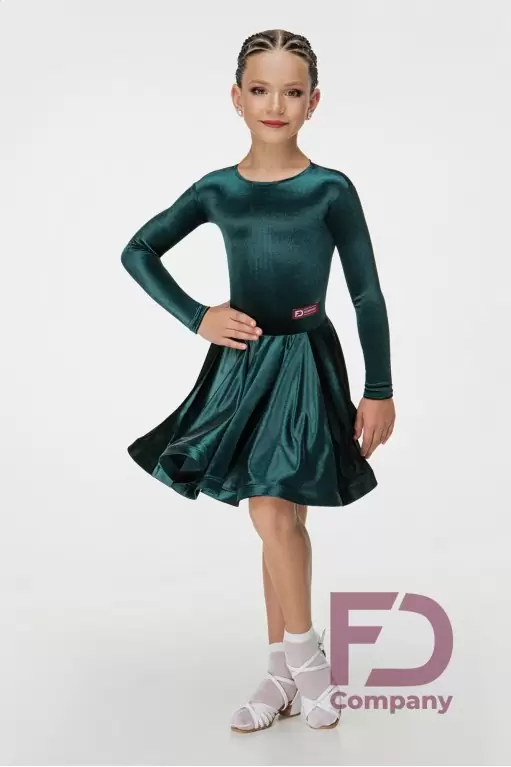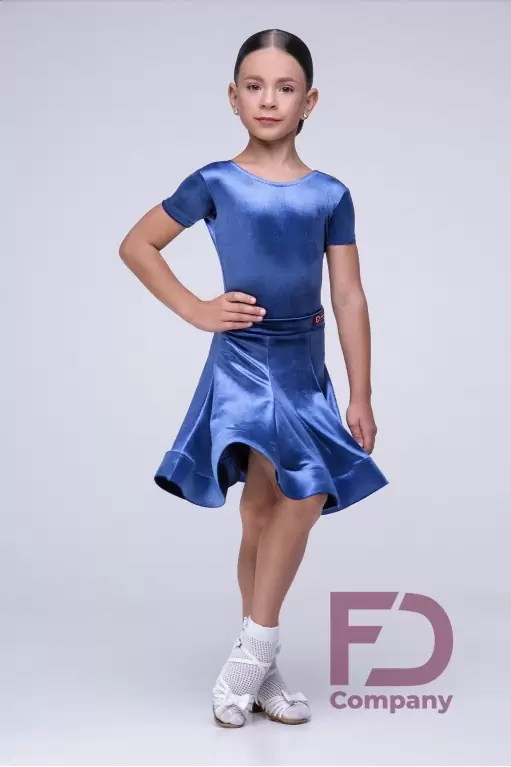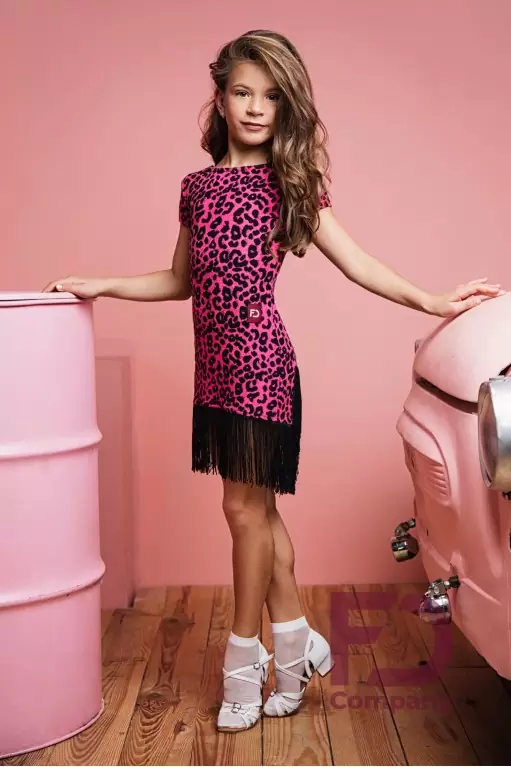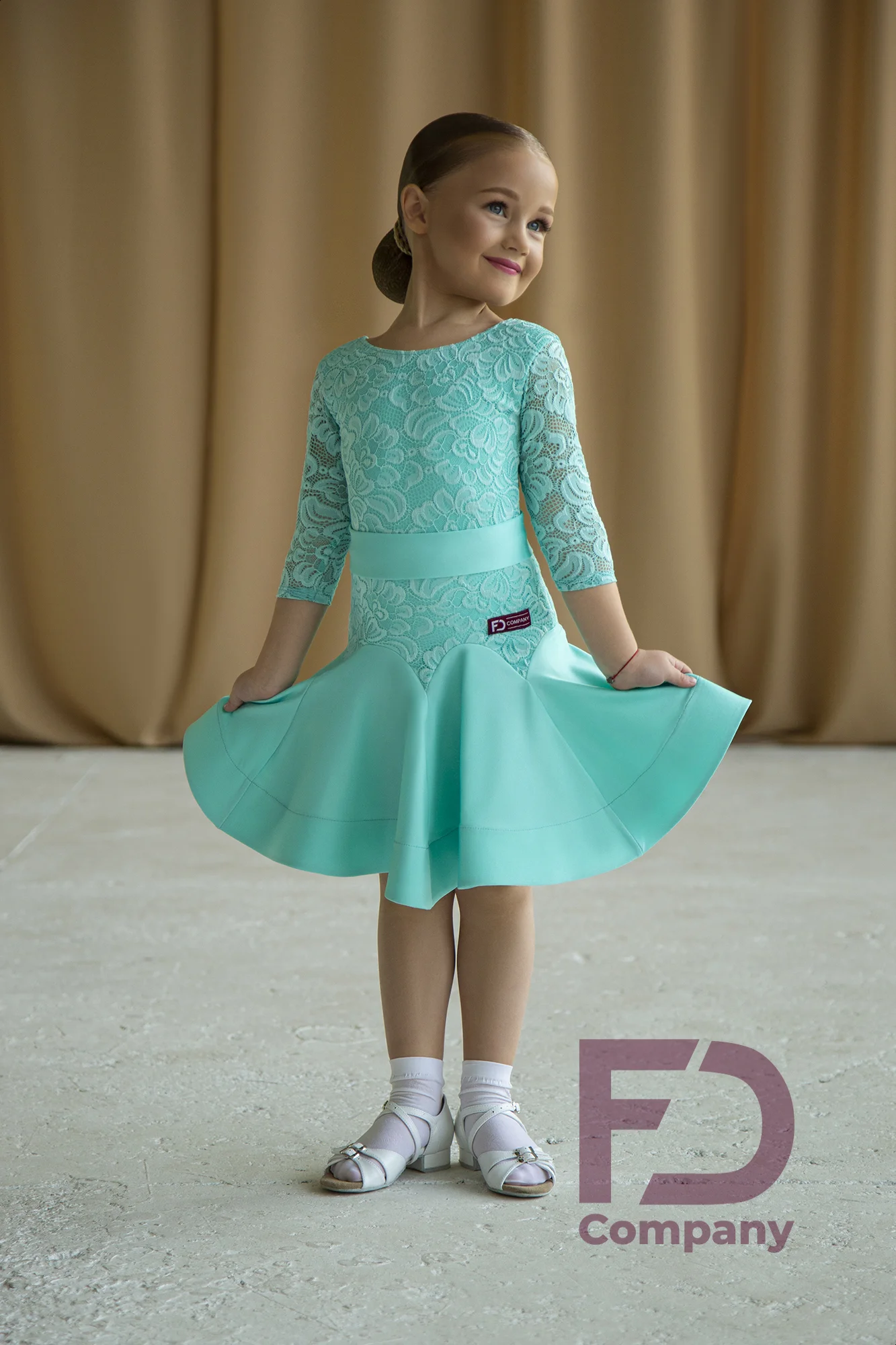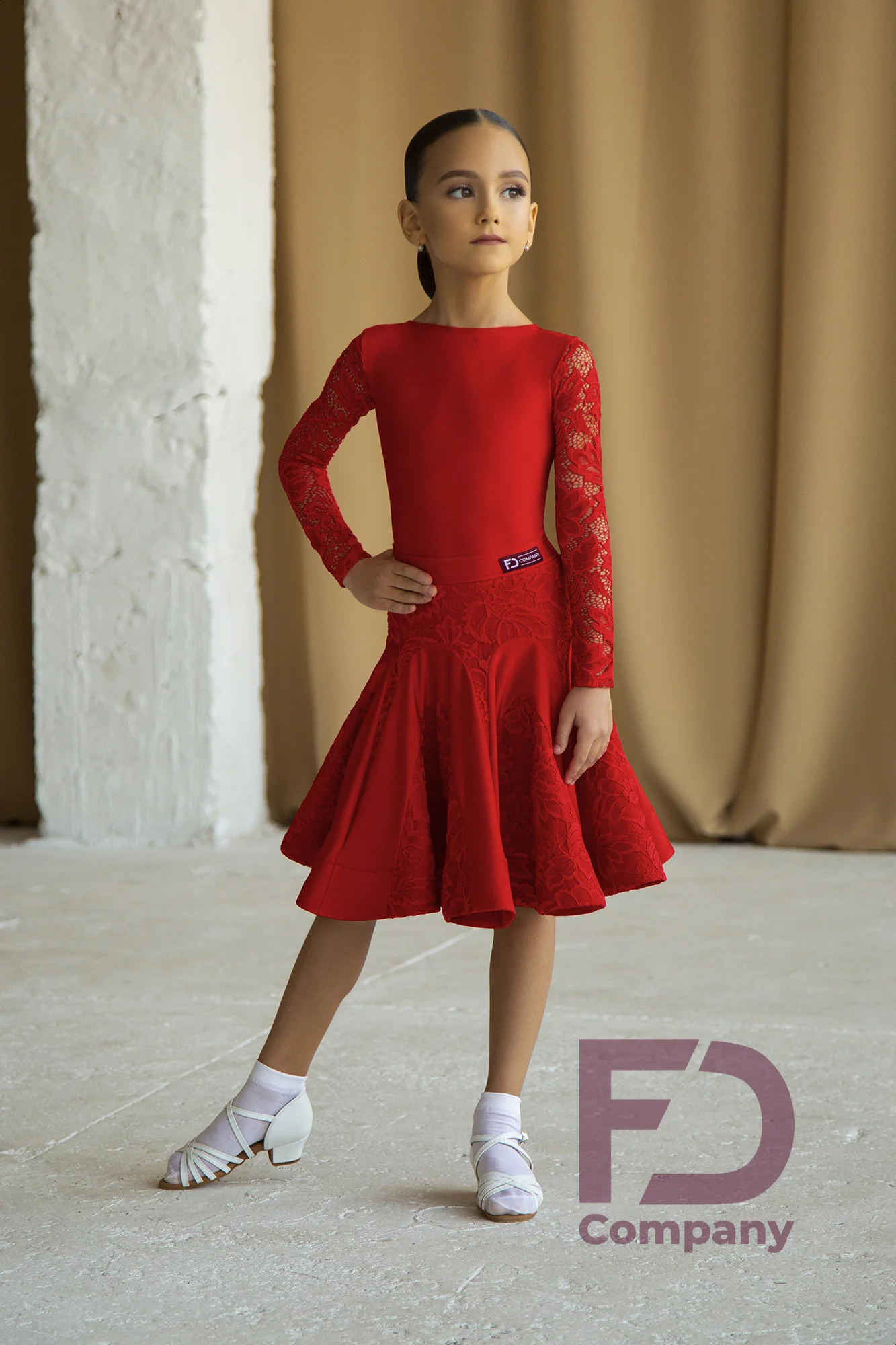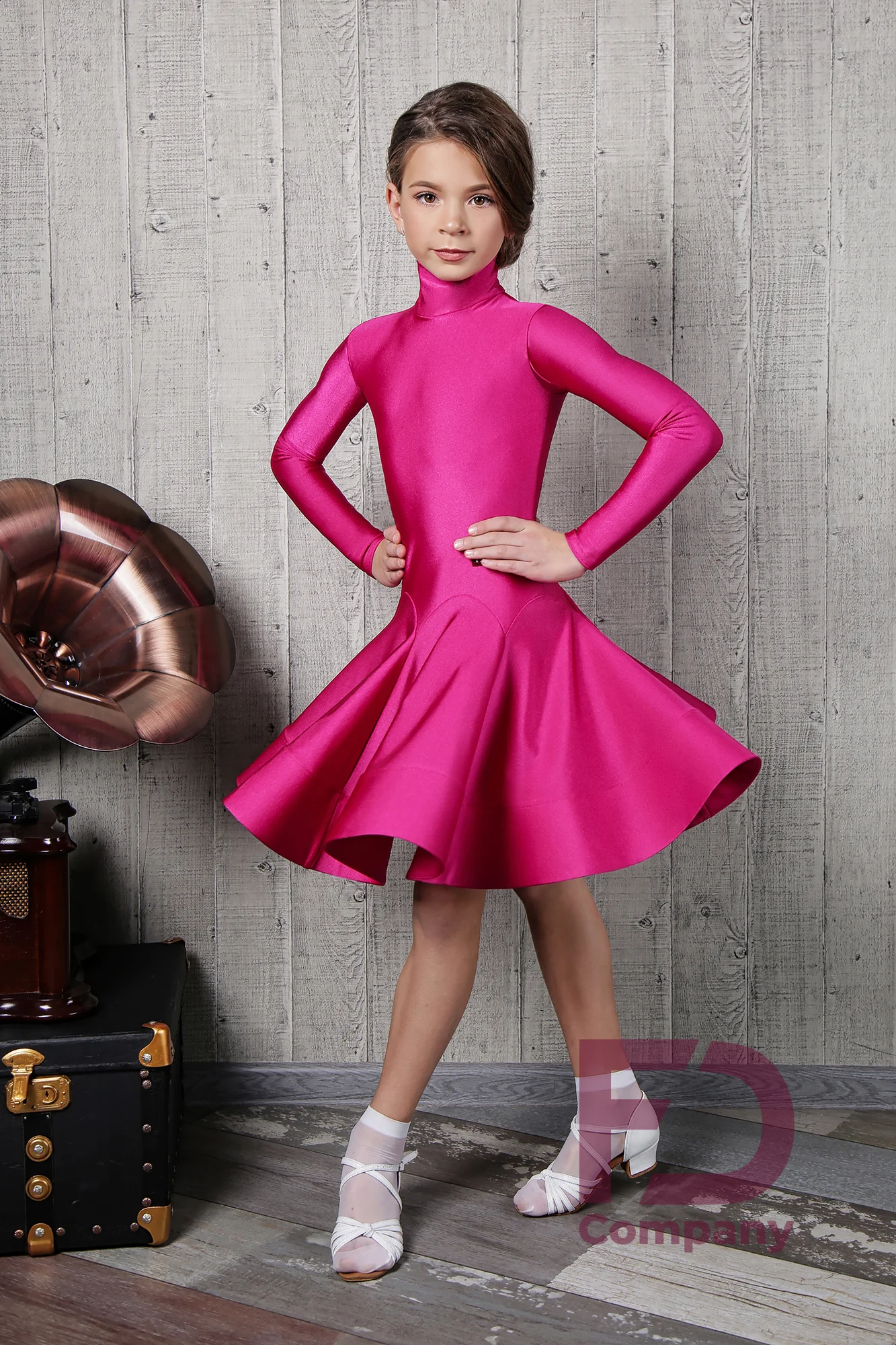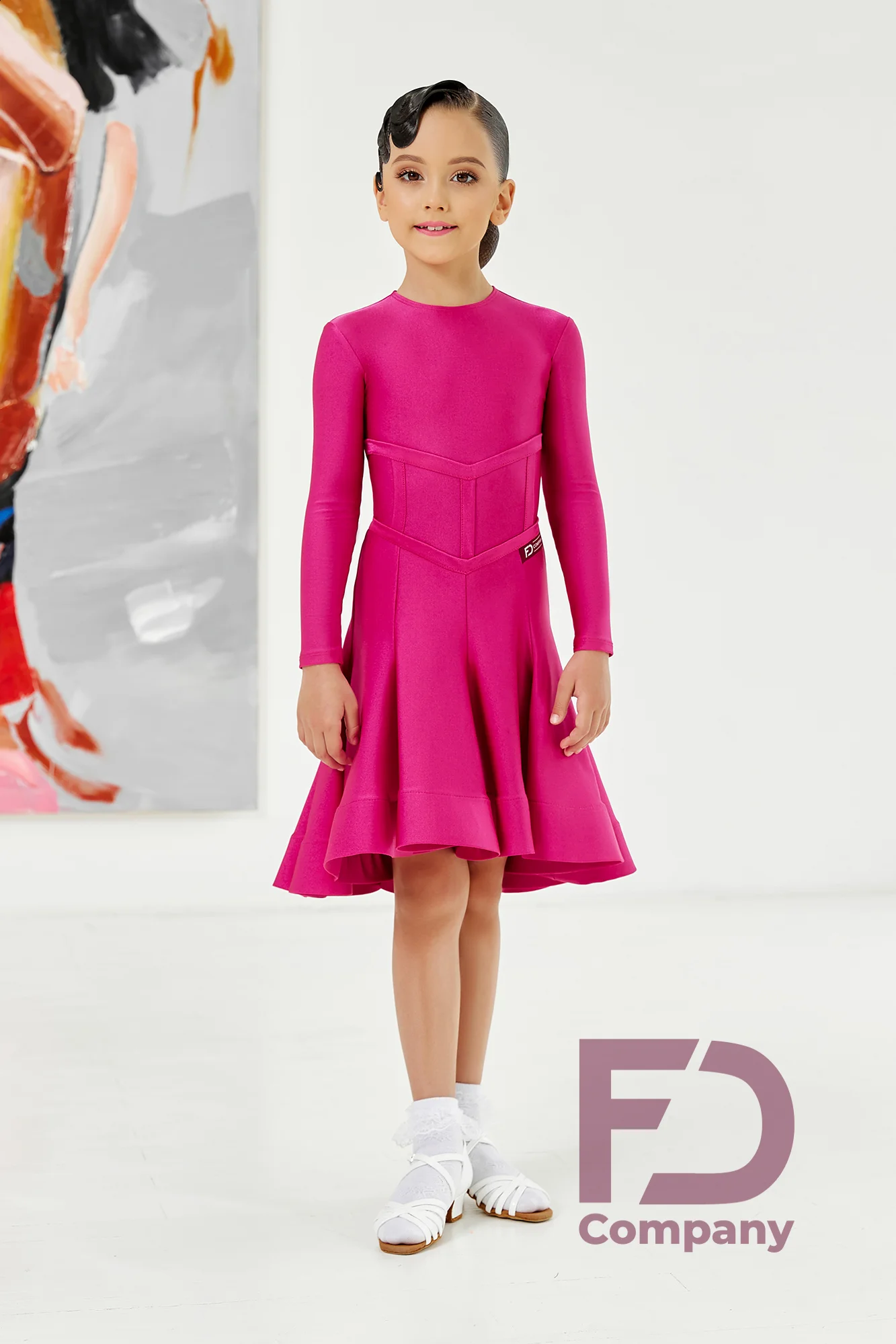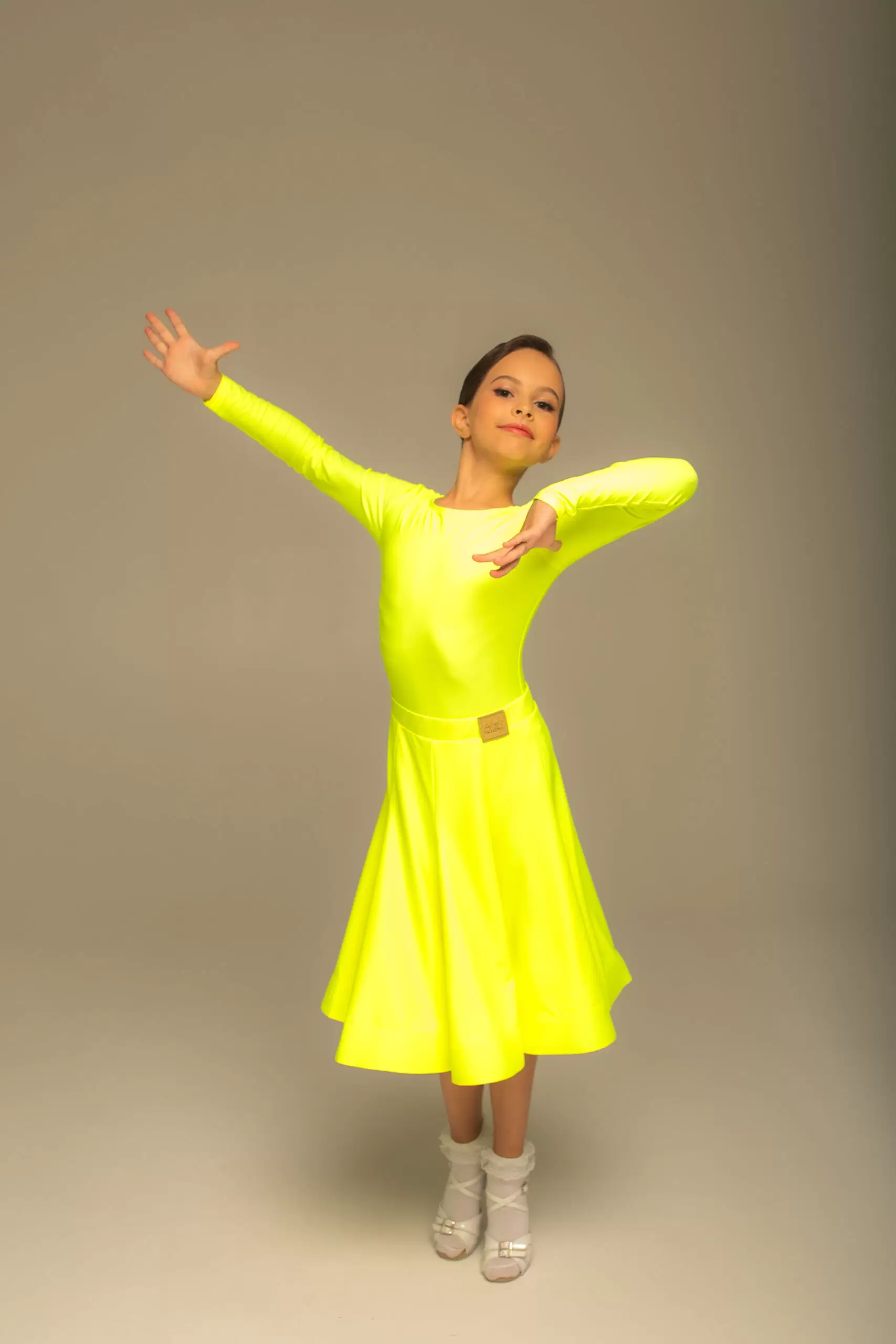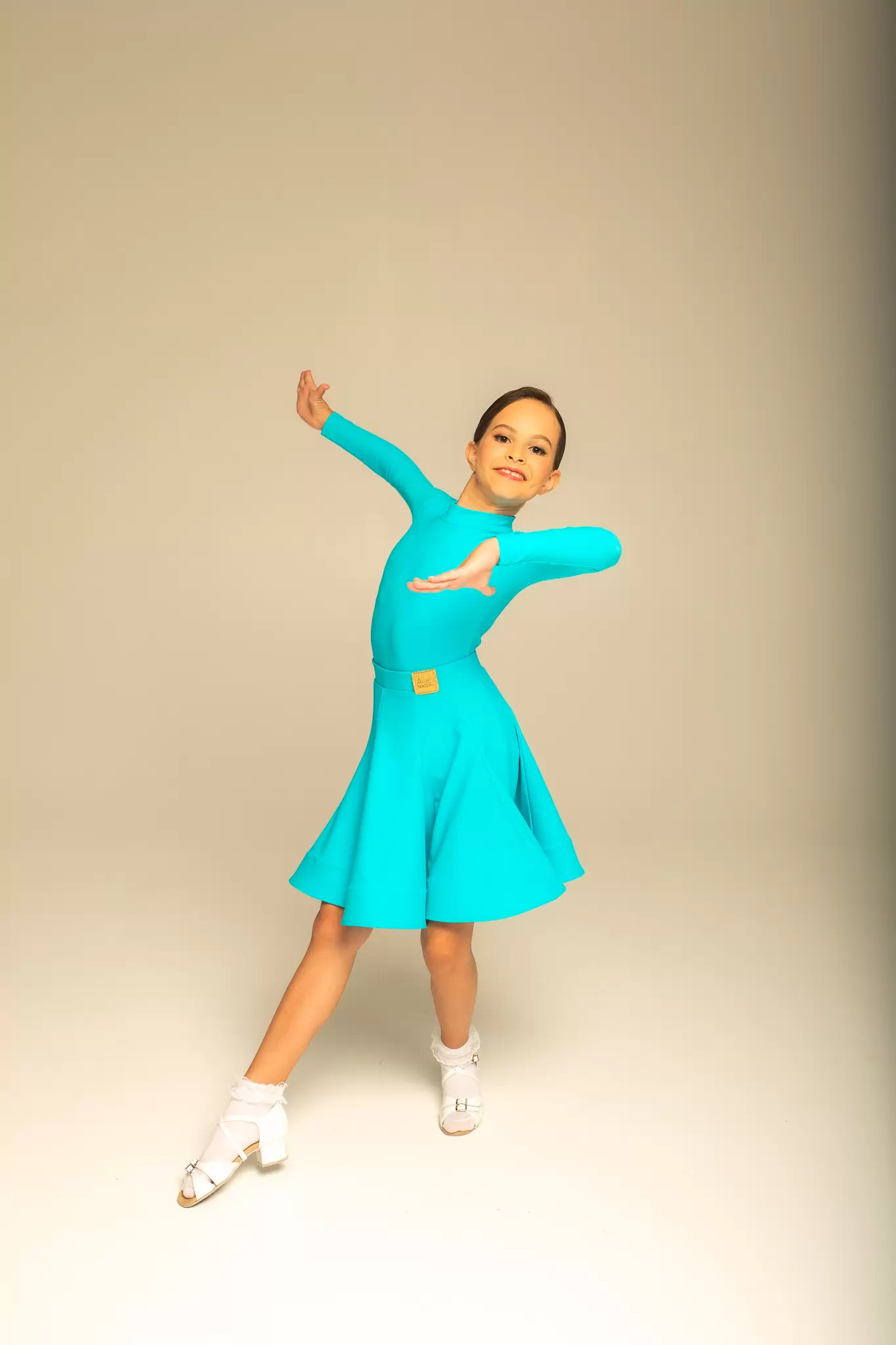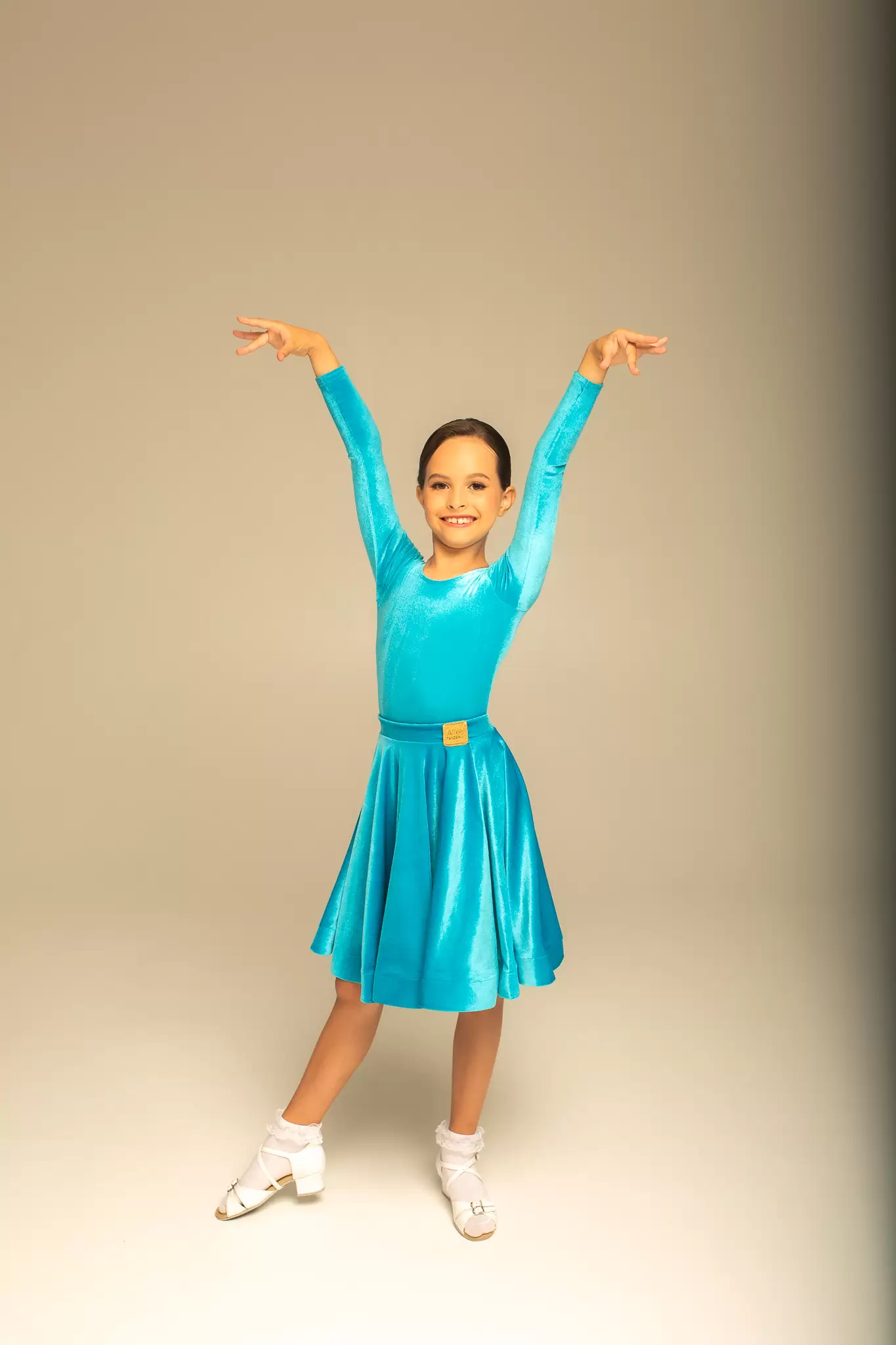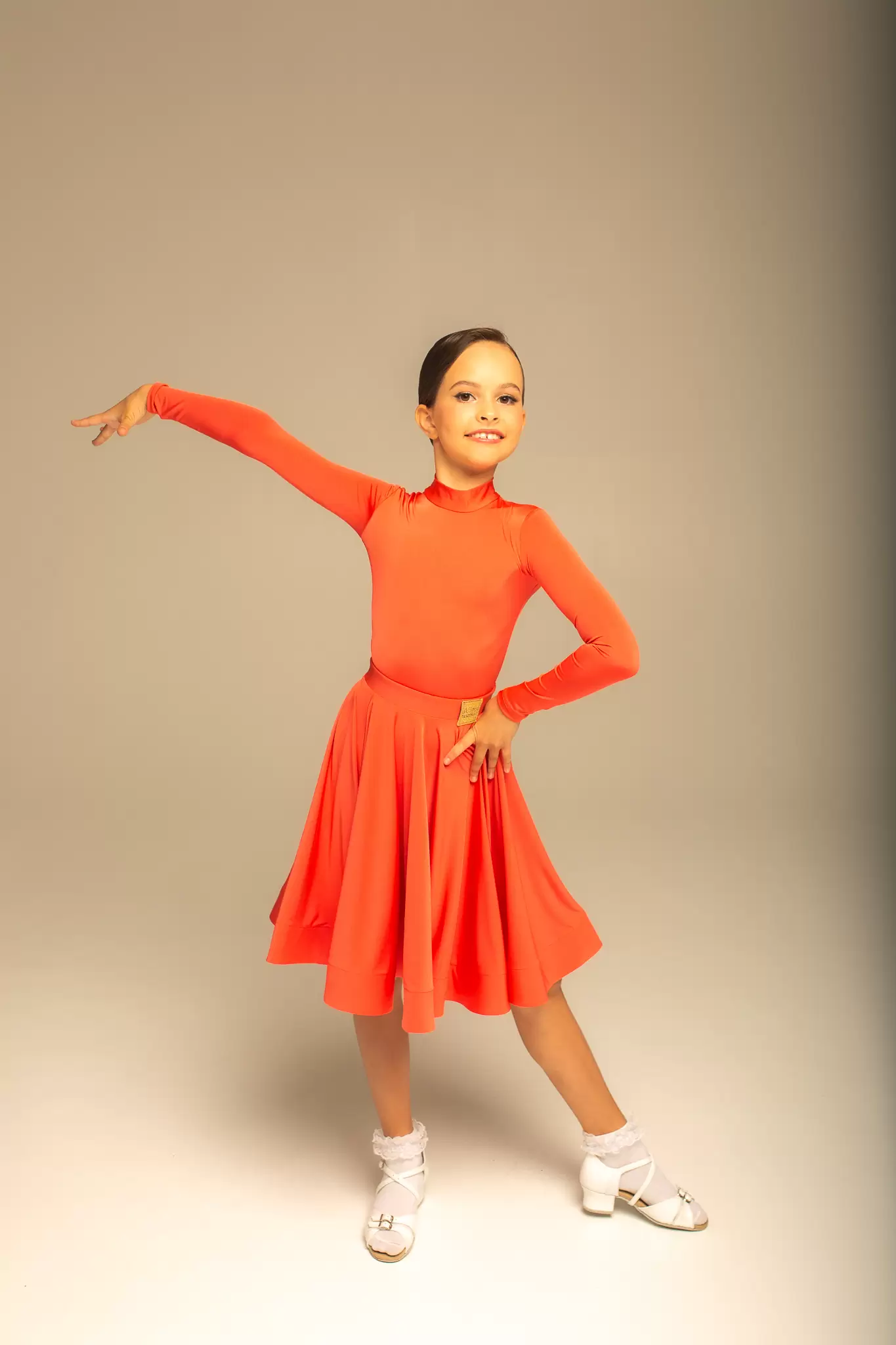Ballroom dancing is an elegant and refined form of dance that has been around for centuries. It requires precise movements and a certain level of sophistication in both dance steps and attire.
Dresses for girls for ballroom are an essential component of the dance, and they play a crucial role in the overall performance of the dancer. In this article, we will discuss the different types of dresses for girls for ballroom, their features, and what to consider when selecting the perfect dress for a ballroom dance.
Types of Ballroom Dresses
There are several types of ballroom dresses for girls, each designed for a specific type of dance. Below are some of the most popular types of ballroom dresses.
- Latin Dress: Latin dances are lively and energetic, and Latin dresses reflect this vibrancy. They are usually made of lightweight and stretchy materials, such as lycra and spandex, to allow for freedom of movement. Latin dresses typically have a lot of embellishments, such as sequins, rhinestones, and fringes, to enhance the overall look.
- Standard Dress: Standard ballroom dances, such as waltz, foxtrot, and tango, require more refined and elegant attire. Standard dresses are usually long and flowing, with full skirts that flare out when the dancer spins. They are typically made of silk, satin, or chiffon, and may have intricate lace detailing.
- Practice Dress: Practice dresses are designed for rehearsals and practice sessions. They are usually made of stretchy and comfortable materials, such as jersey or cotton, and are less embellished than performance dresses. Practice dresses are designed to be worn for extended periods and should allow for ease of movement.
Features of Ballroom Dresses
When selecting a ballroom dress, there are several features to consider. Below are some of the most important features of ballroom dresses.
- Fabric: The fabric of a ballroom dress is an essential feature to consider. The material should be breathable, lightweight, and allow for ease of movement. Stretchy fabrics such as lycra and spandex are ideal for Latin dances, while silk, satin, and chiffon are perfect for standard ballroom dances.
- Fit: The fit of a ballroom dress should be comfortable and allow for ease of movement. The dress should fit snugly around the waist, but not be too tight. The skirt should be full and flowing, allowing for a full range of motion.
- Length: The length of the dress is also an important feature to consider. The length of the dress should be appropriate for the dance style. For example, Latin dresses are typically shorter than standard ballroom dresses, allowing for more leg movement.
- Embellishments: Embellishments such as sequins, rhinestones, and fringes are a popular feature of ballroom dresses. They can enhance the overall look of the dress and add sparkle to the performance. However, too many embellishments can make the dress heavy and uncomfortable to wear.
- Color: The color of the dress is also an important feature to consider. The color should complement the dancer’s skin tone and hair color. Bold and bright colors are perfect for Latin dances, while softer hues are ideal for standard ballroom dances.
What to Consider When Selecting a Ballroom Dress
When selecting a ballroom dress, there are several factors to consider. Below are some of the most important factors to consider.
- Dance Style: The first factor to consider is the dance style. Different dance styles require different types of dresses. Latin dresses are ideal for energetic and lively dances such as salsa, cha-cha, and rumba, while standard dresses are perfect for slow and elegant dances such as waltz, foxtrot, and tango.
- Body Type: Another factor to consider is the dancer’s body type. The dress should complement the dancer’s figure and highlight their best features. For example, a dress with a fitted bodice and a full skirt is ideal for a dancer with an hourglass figure, while a dress with a flowing A-line skirt is perfect for a dancer with a pear-shaped figure.
- Budget: The cost of the dress is also an important factor to consider. Ballroom dresses can range from a few hundred dollars to several thousand dollars. It is essential to set a budget and stick to it when selecting a dress.
- Dress Code: The dress code of the event should also be considered. Some ballroom events may have strict dress codes that require a specific type of dress. It is essential to check the dress code before selecting a dress.
- Comfort: Finally, comfort is crucial when selecting a ballroom dress. The dress should be comfortable to wear and allow for ease of movement. It is essential to try on the dress and practice in it before the event to ensure that it is comfortable.
Conclusion
Ballroom dancing is a beautiful and elegant form of dance that requires precise movements and sophisticated attire.
Dresses for girls for ballroom are an essential component of the dance, and they play a crucial role in the overall performance of the dancer.
When selecting a ballroom dress, it is important to consider the dance style, body type, budget, dress code, and comfort.
By considering these factors, dancers can select the perfect dress for a ballroom dance that allows them to showcase their skills and look their best.




